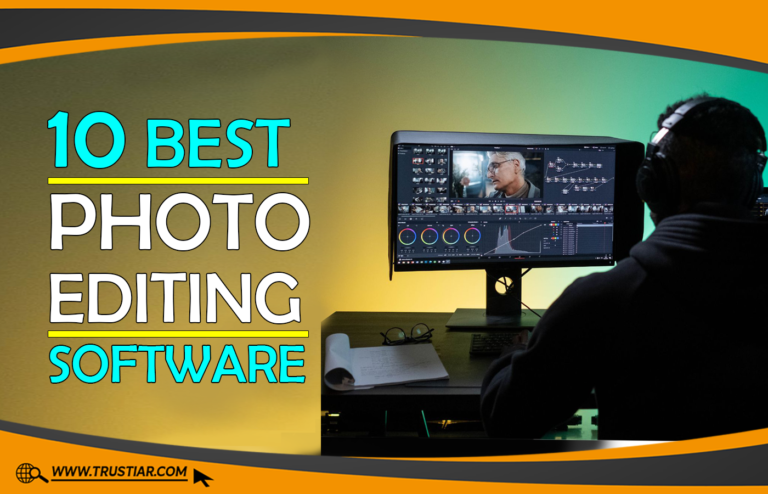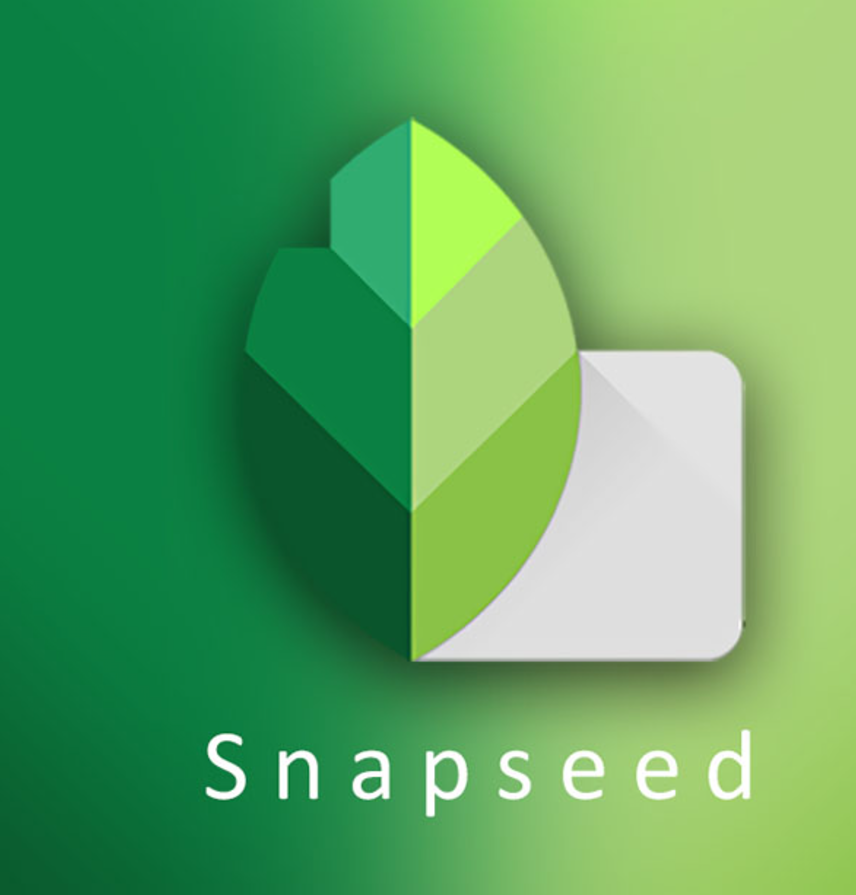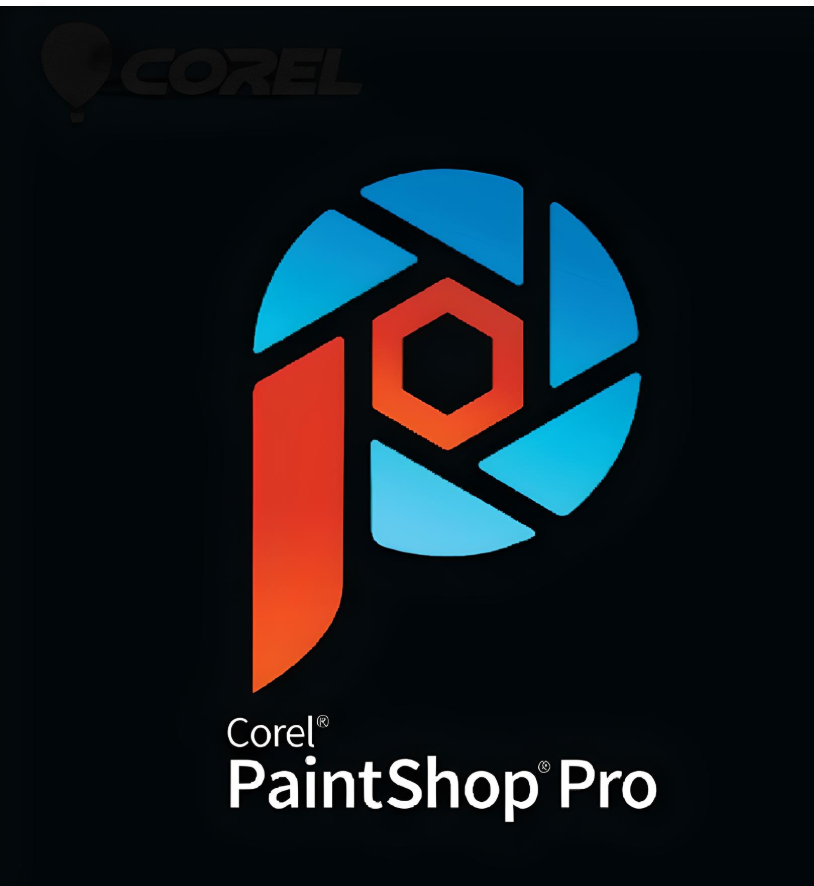The best photo editing software is crucial for photographers, designers, and content creators who want to enhance their images and create stunning visuals. Leading options like Adobe Photoshop, Lightroom, and Capture One provide powerful tools for retouching, color correction, and advanced editing techniques.
These programs offer a range of features, from basic adjustments like exposure and contrast to intricate editing options such as layers, masking, and content-aware fill. For those seeking more accessible tools, Affinity Photo and Canva offer robust editing features with a user-friendly interface. GIMP is a popular free alternative, providing professional-grade tools without the cost.
When choosing the best photo editing software, consider factors like your level of expertise, editing needs, and budget. Whether you’re looking for detailed control over every pixel or a quick, easy-to-use tool for social media content, there is a photo editing software suited for every user.
Shopping For The Best Photo Editing Software
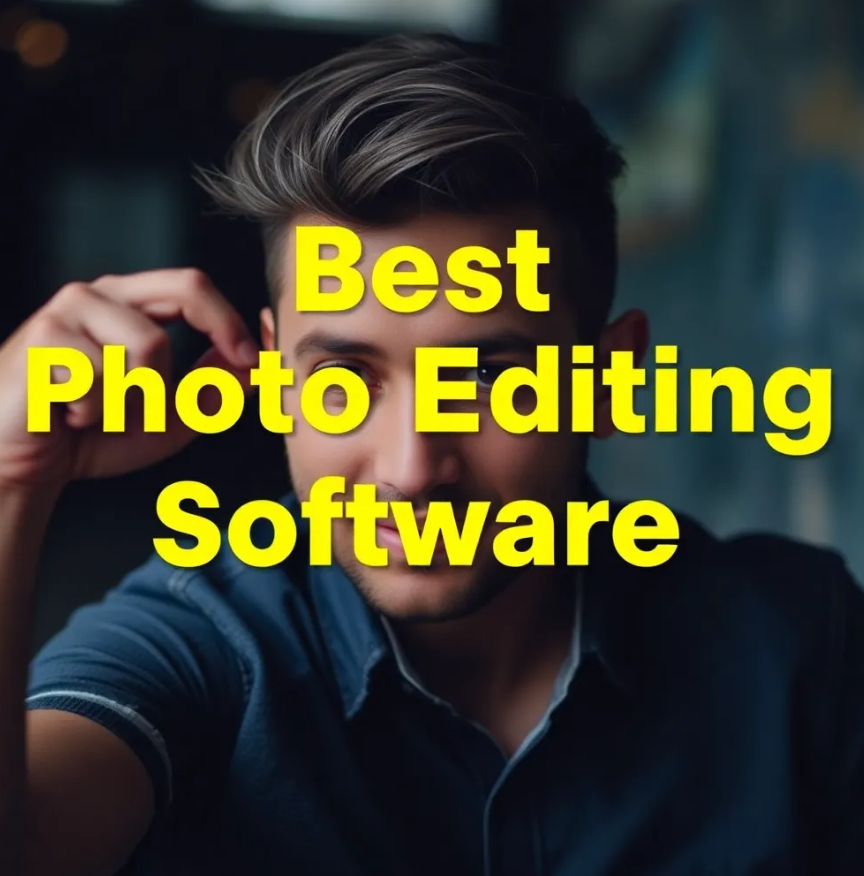
When shopping for the best photo editing software, consider both your editing needs and your skill level. Whether you’re a professional photographer, a hobbyist, or a content creator, there are plenty of software options to choose from, each offering different features and price points.
Adobe Photoshop is widely regarded as the industry standard for advanced photo editing. It offers an extensive range of tools for retouching, color grading, and compositing. For photographers looking for a more specialized solution, Adobe Lightroom provides powerful features for batch editing and managing large photo libraries.
For those who prefer a one-time purchase over a subscription, Affinity Photo is a great alternative to Photoshop, offering similar features at a lower cost. If you’re just starting and need something easy to use, Canva or Snapseed are excellent user-friendly options for quick edits and social media graphics.
Capture One is another top contender, especially for raw image editing and professional color grading. GIMP, a free, open-source alternative, provides advanced features suitable for those on a budget or looking for a DIY solution. The best photo editing software for you will depend on your editing style, workflow, and budget. Try out trial versions or demos before making a decision to ensure it meets your needs.
10 Best Photo Editing Software
Why You Should Trust Us
Our mission is to assist you in making, more informed and improved purchase decisions. Our team spends hours conducting research, consulting with medical experts, gathering information from expert professionals, reviewing customer feedback, and analyzing products to provide you with the information you need.
#1. Adobe Photoshop
Adobe Photoshop is one of the most powerful and widely used photo editing software tools in the world, renowned for its robust features and versatility. Used by photographers, graphic designers, and digital artists, Photoshop offers a range of advanced tools for photo manipulation, design, and digital art creation.
Whether you’re enhancing portraits, designing marketing materials, or creating intricate artwork, Photoshop provides all the tools you need for professional-grade editing.
One of Photoshop’s standout features is its layer-based editing system, which allows users to work on different elements of a photo independently. The software also includes powerful AI-powered tools for enhancing image quality, removing imperfections, and adjusting lighting and color automatically. Photoshop’s brush tool and content-aware fill capabilities make it perfect for detailed retouching and complex edits.
Photoshop supports a wide range of file formats, making it compatible with nearly every device and editing platform. The software also integrates seamlessly with other Adobe Creative Cloud applications like Illustrator and Premiere Pro, providing a cohesive workflow for creative professionals.
Highlights:
- Layer-Based Editing: Work on multiple elements of an image independently for precision.
- AI-Powered Tools: Enhance photos automatically with intelligent adjustments.
- Brush Tool and Content-Aware Fill: Perfect for detailed retouching and seamless edits.
- Wide File Compatibility: Supports a wide range of image formats for easy sharing and exporting.
- Creative Cloud Integration: Seamless workflow with other Adobe applications.
Adobe Photoshop continues to be the gold standard in photo editing, offering unmatched versatility and professional tools for both novice and expert users.
#2. Adobe Lightroom
Adobe Lightroom is a leading photo editing software designed for photographers and creative professionals who need an efficient and powerful tool to enhance, organize, and share their images. Unlike its sibling, Adobe Photoshop, Lightroom focuses on streamlined workflows, making it ideal for managing and editing large collections of photos quickly and effectively.
One of Lightroom’s standout features is its non-destructive editing, which ensures your original files remain untouched while you experiment with adjustments. The software also offers AI-driven tools like automatic enhancement, noise reduction, and tone adjustment, helping users achieve professional results with minimal effort.
Lightroom’s organizational features, including tagging, metadata editing, and advanced search options, make managing extensive photo libraries a breeze. The batch editing feature allows you to apply consistent edits to multiple photos, saving significant time when working on large projects. Integration with Adobe Creative Cloud ensures your work is accessible across devices, letting you edit anywhere and sync changes seamlessly.
Highlights:
- Non-Destructive Editing: Experiment freely without altering original images.
- AI-Driven Tools: Automates enhancements for lighting, tone, and noise reduction.
- Organizational Features: Easy tagging, metadata management, and search capabilities.
- Batch Editing: Apply consistent edits across multiple photos efficiently.
- Cloud Integration: Access and edit photos from any device with Creative Cloud.
Adobe Lightroom is the go-to tool for photographers who need intuitive, efficient, and high-quality editing capabilities, combined with robust organization and seamless accessibility. It’s perfect for professionals and enthusiasts alike.
#3. Capture One
Capture One is a high-end photo editing software tailored for professional photographers and advanced enthusiasts who demand precision and superior image quality. Known for its outstanding color grading tools and RAW file processing, Capture One offers unparalleled control over every aspect of photo editing, making it a favorite among studio and commercial photographers.
One of Capture One’s defining features is its advanced color editing capabilities. Users can finely tune hue, saturation, and luminosity with precision, giving them complete control over the look and feel of their images. The software also supports tethered shooting, allowing photographers to connect their camera directly to Capture One for real-time adjustments during shoots—a feature particularly valuable in studio environments.
The layer-based editing system adds further flexibility, enabling users to make localized adjustments without affecting the entire image. Capture One’s powerful RAW file converter ensures that images retain exceptional detail and clarity, even when working with large, high-resolution files. The software’s customizable interface and workflow options allow users to tailor the platform to their specific editing style, enhancing productivity.
Highlights:
- Exceptional Color Grading: Industry-leading tools for precise color control.
- Tethered Shooting: Real-time adjustments during photo shoots.
- Layer-Based Editing: Make localized changes with precision.
- Superior RAW Processing: Outstanding detail and clarity in high-resolution files.
- Customizable Interface: Tailor the workspace to suit your editing style.
Capture One is the ultimate choice for photographers who prioritize color accuracy, professional-grade editing tools, and a customizable workflow. It’s a top-tier software for creating stunning, polished images.
#4. Affinity Photo
Affinity Photo is a robust photo editing software designed for photographers, graphic designers, and digital artists who need professional-grade tools without the recurring cost of a subscription. Developed by Serif, Affinity Photo is celebrated for its affordability, versatility, and extensive feature set, rivaling industry leaders like Adobe Photoshop.
Affinity Photo excels in precision editing with its layer-based editing system, offering advanced tools such as masks, adjustments, and blend modes. Its non-destructive live filters allow users to experiment with effects without permanently altering the original image. The software also includes powerful retouching tools, such as inpainting for quick blemish removal and frequency separation for detailed skin corrections.
For creatives working on large files or intricate projects, Affinity Photo’s panorama stitching and HDR merging deliver stunning results. The software’s raw file support ensures high-quality edits for professional photographers. Its seamless integration with Affinity Designer and Publisher makes it ideal for those seeking a cohesive suite for their creative projects.
Highlights:
- Layer-Based Editing: Advanced controls for masks, adjustments, and blend modes.
- Non-Destructive Live Filters: Experiment with effects without altering original files.
- Retouching Tools: Inpainting, frequency separation, and precise corrections.
- RAW File Support: High-quality processing for professional photos.
- One-Time Purchase: No subscription model, offering great value.
Affinity Photo is a top-tier choice for professionals and enthusiasts seeking a powerful, cost-effective alternative to subscription-based software, delivering unparalleled editing capabilities and creative freedom.
#5. GIMP (GNU Image Manipulation Program)
GIMP (GNU Image Manipulation Program) is a free, open-source photo editing software that offers a wide range of professional-grade tools for photographers, graphic designers, and digital artists. Despite being free, GIMP competes with paid software like Adobe Photoshop, providing robust editing capabilities for users of all levels.
One of GIMP’s standout features is its flexible and customizable interface, allowing users to tailor their workspace to their preferences. With advanced tools like layer-based editing, path tools, and clone stamping, GIMP supports intricate photo retouching and creative projects. Its open-source nature also means developers worldwide contribute plugins and extensions, expanding its capabilities even further.
GIMP supports non-destructive editing through masks and layers, enabling users to experiment without altering the original image. Its compatibility with various file formats, including PSD, ensures smooth transitions for those working across multiple platforms. Its lightweight design ensures it runs smoothly on most devices, even with limited resources.
Highlights:
- Completely Free: No cost, making it accessible to everyone.
- Customizable Interface: Tailor the workspace to your workflow.
- Layer-Based Editing: Supports masks, layers, and non-destructive adjustments.
- Extensive Plugin Support: Expand functionality with community-driven plugins.
- Cross-Platform Compatibility: Works on Windows, macOS, and Linux.
GIMP is an exceptional choice for those seeking a cost-effective yet powerful photo editing tool. Its open-source nature, coupled with a vibrant community of contributors, ensures constant updates and new features, making it a reliable alternative for both hobbyists and professionals.
#6. Canva
Canva is a user-friendly photo editing and graphic design platform ideal for individuals, small businesses, and professionals who need quick and polished visual content. Known for its intuitive interface and drag-and-drop functionality, Canva eliminates the steep learning curve associated with traditional editing software, making it accessible to beginners and non-designers.
One of Canva’s strengths is its extensive library of templates for social media posts, marketing materials, and presentations. These templates are fully customizable, allowing users to quickly create professional designs tailored to their needs. Canva’s photo editing tools include features like cropping, resizing, background removal (available in the Pro version), and filters, enabling users to enhance images effortlessly.
The platform supports collaborative design, allowing teams to work together on projects in real time, which is particularly useful for businesses and creative teams. Canva’s integration with stock photo libraries ensures access to high-quality images, and its seamless export options make sharing designs easy across various platforms.
Highlights:
- User-Friendly Interface: Perfect for beginners with no design experience.
- Customizable Templates: Thousands of designs for every purpose.
- Photo Editing Tools: Easy enhancements with cropping, filters, and background removal.
- Collaboration Features: Real-time teamwork for businesses and groups.
- Cross-Platform Access: Available on web and mobile apps for flexibility.
Canva is an excellent tool for creating visually appealing content quickly and efficiently. Its blend of photo editing and design capabilities makes it a versatile solution for both personal and professional use.
#7. Snapseed
Snapseed, developed by Google, is a versatile and powerful photo editing app available for mobile devices. Designed for photographers of all skill levels, Snapseed offers a range of professional-grade tools in a compact and intuitive interface. Whether you’re enhancing a quick snapshot or refining a detailed photo project, Snapseed delivers impressive results directly from your smartphone or tablet.
One of Snapseed’s standout features is its precision editing tools, such as selective adjustments and brushes, which allow users to apply changes to specific parts of an image. Its non-destructive editing workflow ensures that your original photo remains intact while you experiment with various effects. The app also boasts one-tap filters, including HDR, vintage, and grunge, making it easy to achieve stunning looks with minimal effort.
Snapseed supports RAW file editing, enabling professional photographers to enhance high-quality images without sacrificing detail. Its expand tool, powered by AI, allows users to seamlessly extend the edges of their photos while maintaining composition integrity.
Highlights:
- Selective Adjustments: Apply edits to specific areas with precision.
- Non-Destructive Editing: Experiment freely without altering the original image.
- RAW File Support: Ideal for high-quality photo editing on the go.
- One-Tap Filters: Quickly apply HDR, vintage, and other effects.
- AI-Powered Expand Tool: Extend photo edges seamlessly.
Snapseed is perfect for those seeking professional-grade photo editing tools in a portable and user-friendly package. Whether you’re a hobbyist or a seasoned photographer, Snapseed offers everything you need to create stunning visuals.
#8. Luminar Neo
Luminar Neo by Skylum is a cutting-edge photo editing software designed to simplify and enhance the creative process with its advanced AI-driven tools. Perfect for photographers and creative professionals, Luminar Neo offers a blend of traditional editing features and innovative automation, enabling users to produce stunning images with minimal effort.
One of Luminar Neo’s standout features is its AI-based Relight technology, which allows users to adjust lighting across foregrounds and backgrounds independently, ensuring perfect balance in any photo. The AI Sky Replacement tool lets users seamlessly swap out skies, making it ideal for creating dramatic or atmospheric compositions. The software’s Erase and Remove Power Lines tools are perfect for quickly removing distractions, streamlining workflows for landscape and urban photography.
Luminar Neo supports layer-based editing, giving users the flexibility to add elements, textures, or effects while retaining control over individual adjustments. Its intuitive interface is designed for both beginners and professionals, with powerful tools like RAW file editing and one-click enhancements to speed up the editing process.
Highlights:
- AI Relight Tool: Perfectly balance light between foreground and background.
- AI Sky Replacement: Seamless sky-swapping for dynamic compositions.
- Erase and Remove Power Lines: Quickly eliminate distractions in urban and landscape shots.
- Layer-Based Editing: Flexibility to combine elements and adjustments.
- One-Click Enhancements: Instantly improve images with AI-driven tools.
Luminar Neo is an excellent choice for photographers seeking a creative, time-saving solution for professional-grade photo editing. Its unique AI features and easy-to-use interface make it a powerful tool for transforming ordinary photos into extraordinary visuals.
#9. DxO PhotoLab
DxO PhotoLab is a professional-grade photo editing software designed for photographers who demand exceptional image quality and advanced tools for editing and enhancement. Developed by DxO, a company renowned for its expertise in imaging technology, PhotoLab excels in processing RAW files and correcting optical distortions with precision.
One of the software’s standout features is its DeepPRIME noise reduction technology, which uses AI to eliminate noise from high ISO images while preserving fine details, making it ideal for low-light photography. The U Point technology enables precise, localized adjustments without the need for complex masking, offering intuitive control over brightness, color, and sharpness in specific areas.
DxO PhotoLab also features automatic lens and perspective corrections, leveraging DxO’s extensive database of camera and lens profiles to deliver flawless results. Its customizable interface and workflow ensure that users can adapt the software to suit their editing style. With color grading tools and advanced tonal adjustments, it’s a favorite among professionals aiming for a polished, natural look.
Highlights:
- DeepPRIME Noise Reduction: AI-powered noise removal for sharp, clean images.
- U Point Technology: Effortless localized adjustments with intuitive controls.
- Lens and Perspective Corrections: Automatic adjustments for distortion-free photos.
- RAW File Processing: High-quality editing with exceptional detail retention.
- Customizable Workflow: Tailor the interface and tools to your editing style.
DxO PhotoLab is a powerful tool for photographers seeking ultimate control and superior results, making it a top choice for professionals and enthusiasts who value precision and quality in their photo editing.
#10. Corel PaintShop Pro
Corel PaintShop Pro is a versatile and feature-rich photo editing software designed for photographers, graphic designers, and hobbyists who need professional-grade tools at an affordable price. With its extensive capabilities and user-friendly interface, PaintShop Pro offers a powerful alternative to subscription-based programs like Adobe Photoshop.
PaintShop Pro excels in photo correction and retouching, offering tools for removing blemishes, reducing noise, and enhancing image clarity. Its AI-powered tools, such as AI Upsampling and AI Artifact Removal, improve image quality by restoring detail and sharpening blurry photos. The software’s content-aware editing lets users easily remove unwanted objects while maintaining natural backgrounds.
The program includes a layer-based editing system, allowing for precise adjustments, and supports a variety of formats, including RAW files. For creatives, PaintShop Pro provides integrated design tools for creating graphics, adding text, and applying artistic effects. Its customizable workspace ensures that users can optimize their workflow to suit their editing needs.
Highlights:
- AI-Powered Tools: Enhance image quality with AI Upsampling and Artifact Removal.
- Content-Aware Editing: Remove objects seamlessly for cleaner photos.
- Layer-Based Editing: Advanced tools for detailed adjustments.
- RAW File Support: High-quality processing for professional-grade photos.
- Affordable Pricing: No subscription required, offering great value.
Corel PaintShop Pro is an excellent choice for those seeking a comprehensive and affordable photo editing solution. Its combination of AI enhancements, creative tools, and an intuitive interface makes it a reliable option for both professionals and enthusiasts.
How Do I Pick a Good Photo Editing Software?

Choosing the right photo editing software depends on your editing needs, skill level, and budget. Whether you’re a professional photographer or a casual hobbyist, understanding what to look for will ensure you select a tool that matches your goals.
Consider your editing requirements. If you’re looking for basic enhancements like cropping, filters, and color adjustments, lightweight apps like Canva or Snapseed are ideal. For advanced editing, including layer-based adjustments and RAW processing, robust software such as Adobe Photoshop, Affinity Photo, or Capture One is more suitable.
Ease of use is another key factor. Beginners may benefit from user-friendly programs like Lightroom or Luminar Neo, which offer AI-driven tools to streamline workflows. On the other hand, seasoned professionals might prefer programs with greater control and flexibility, such as DxO PhotoLab or Corel PaintShop Pro.
Compatibility is also crucial ensure the software works on your operating system and supports your camera’s RAW files. Budget plays a significant role, too. Subscription-based models like Adobe Creative Cloud provide continuous updates, while one-time purchase options like Affinity Photo or GIMP offer cost-effective alternatives.
Check for features like non-destructive editing, extensive file support, and the availability of tutorials or community support to make your editing journey seamless. By evaluating your needs and comparing options, you can find the perfect photo editing software to bring your creative vision to life.
How to Buy For The Best Photo Editing Software
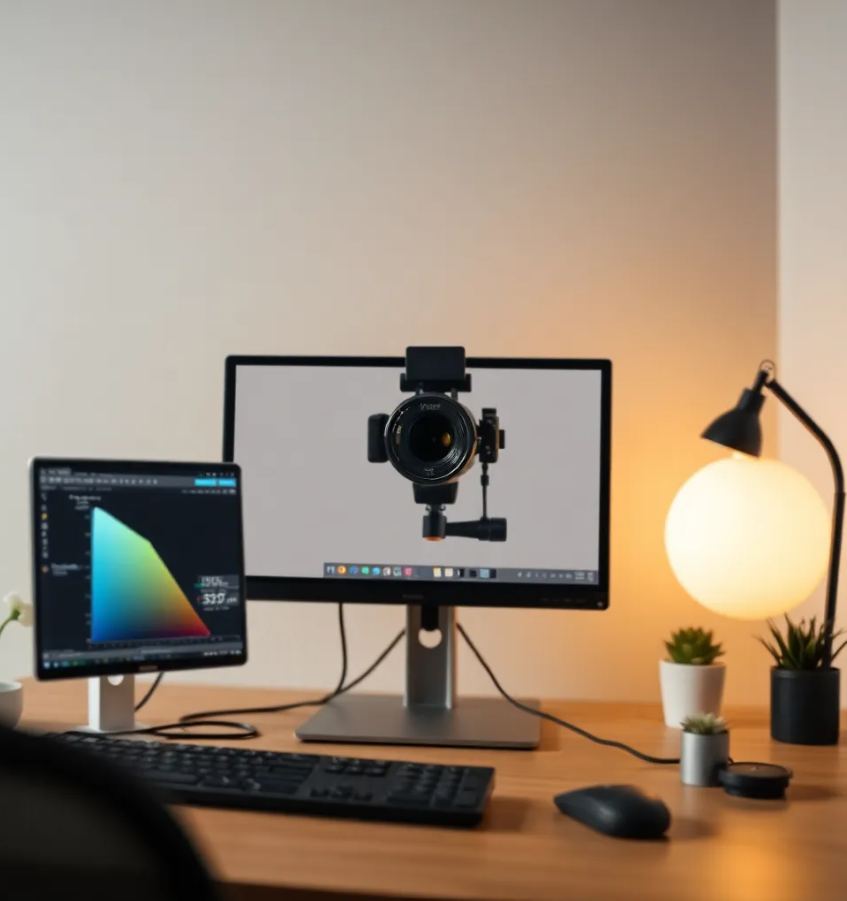
When buying the best photo editing software, it’s important to evaluate your needs, budget, and the features offered by various programs. Whether you’re a beginner, an enthusiast, or a professional, the right software will help you achieve your creative goals efficiently and effectively. Here’s how to choose the best one for you.
Assess Your Needs
Before purchasing, define what you need from a photo editor. If you’re a beginner, look for software with an intuitive interface, like Canva or Snapseed, which offer basic editing tools and templates. If you need advanced features like layer-based editing, RAW file support, or precise retouching, consider programs like Adobe Photoshop, Corel PaintShop Pro, or Affinity Photo.
Consider Features
Identify essential features for your workflow. For example, if you’re focused on portrait photography, look for retouching tools and AI-powered enhancements like those in Luminar Neo or DxO PhotoLab. If you need batch processing or advanced color grading, ensure the software supports those features. Software with non-destructive editing is also beneficial as it allows you to experiment without altering the original image.
Check for Compatibility
Make sure the software is compatible with your operating system (Windows, macOS, or Linux) and supports the camera or file types you use. Some software, like Capture One, works best with certain cameras, offering customized support for RAW files.
Pricing and Payment Structure
Evaluate your budget. Subscription models like Adobe’s Creative Cloud offer continuous updates, while one-time purchase software like Affinity Photo may be a more cost-effective solution in the long run.
Trial Version
Most reputable photo editing programs offer trial versions, allowing you to test them before committing to a purchase. Use the trial to explore the user interface and determine if it meets your expectations.
By carefully considering these factors, you can find the best photo editing software to match your needs, ensuring high-quality results and an efficient editing workflow.
FAQs
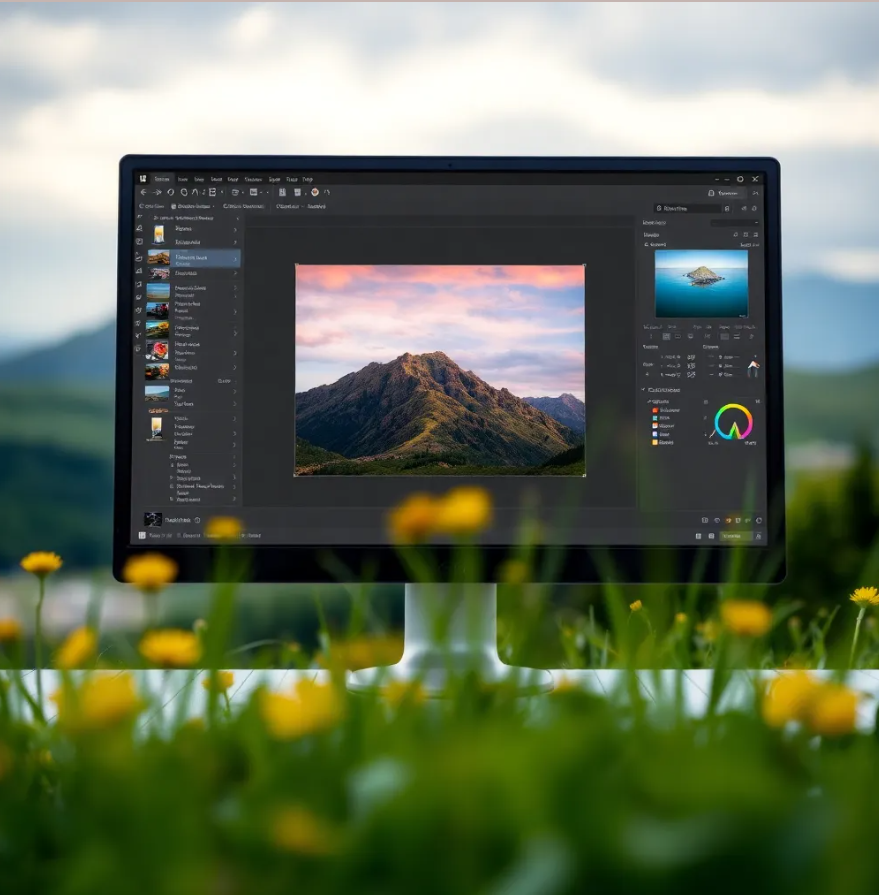
What is the best photo editing software for beginners?
For beginners, user-friendly software is ideal. Canva, Snapseed, and Adobe Lightroom are great options. These programs offer intuitive interfaces with easy-to-use tools for basic photo adjustments like cropping, color correction, and applying filters. Lightroom is particularly popular for those looking to work with RAW files and offers powerful yet simple-to-use features for managing and editing photos.
Can I use photo editing software for free?
Yes, several excellent free photo editing software options are available. GIMP is a powerful, open-source program with many advanced features, rivaling premium software like Photoshop. Snapseed and Paint.NET are other free options that provide robust editing tools. However, some free programs may lack advanced features found in paid versions.
Is it necessary to subscribe to Adobe Creative Cloud?
Not necessarily. Adobe’s subscription model offers continuous updates and access to a variety of software tools (like Photoshop, Illustrator, and Lightroom), but many alternatives offer one-time purchase options or free versions. Programs like Affinity Photo and Corel PaintShop Pro are excellent alternatives to Adobe for those who prefer not to commit to a subscription.
Can I edit RAW files with photo editing software?
Yes, many professional photo editors, such as Adobe Lightroom, Capture One, and DxO PhotoLab, support RAW file editing. RAW files retain more image detail and offer more flexibility for post-processing compared to JPEG files, making them ideal for photographers looking for high-quality results.
What is non-destructive editing?
Non-destructive editing allows you to make adjustments to your photos without permanently altering the original file. Most modern photo editing software, including Photoshop, Lightroom, and Luminar Neo, supports non-destructive editing, which ensures you can always revert to the original image if needed.
Do I need a powerful computer for photo editing?
While it depends on the complexity of your edits, high-end software like Photoshop or Capture One can be demanding on system resources. A computer with a fast processor, plenty of RAM, and a good graphics card will significantly improve your editing speed and experience, especially when working with large images or advanced tools like AI-enhanced editing.
Final Thoughts

Selecting the right photo editing software can significantly impact your editing workflow and creative output. Whether you are a beginner, hobbyist, or professional, the ideal software should match your specific needs, preferences, and budget. There is a wide range of options available, from beginner-friendly programs like Snapseed to professional-grade software such as Adobe Photoshop and Capture One.
For those just starting, easy-to-use tools with basic features, like Canva or Snapseed, are perfect for enhancing photos quickly. As you grow in your skills, you might find yourself seeking more advanced capabilities like layer-based editing, RAW file processing, or AI-driven features. In this case, software like Luminar Neo, Affinity Photo, and DxO PhotoLab can offer the power and flexibility you need.
Cost is another crucial factor. Subscription-based services like Adobe Creative Cloud offer continuous updates but may not fit every budget. On the other hand, one-time purchase programs like Corel PaintShop Pro or Affinity Photo can be more economical in the long run.
The best photo editing software is one that aligns with your editing goals, enhances your creativity, and fits into your workflow seamlessly. By carefully evaluating your needs and trying out different programs, you can find the perfect tool to bring your photography to the next level. More Post.
10 Best AI Video Editing Software
10 Best Video Editing Software
10 Best Electric Scooters Brands
Best Photo Editing Software, Best Photo Editing Software, Best Photo Editing Software, Best Photo Editing Software, Best Photo Editing Software, Best Photo Editing Software, Best Photo Editing Software, Best Photo Editing Software, Best Photo Editing Software, Best Photo Editing Software, Best Photo Editing Software, Best Photo Editing Software, Best Photo Editing Software, Best Photo Editing Software, Best Photo Editing Software, Best Photo Editing Software,
Best Photo Editing Software, Best Photo Editing Software, Best Photo Editing Software, Best Photo Editing Software, Best Photo Editing Software, Best Photo Editing Software, Best Photo Editing Software, Best Photo Editing Software, Best Photo Editing Software, Best Photo Editing Software, Best Photo Editing Software, Best Photo Editing Software, Best Photo Editing Software, Best Photo Editing Software, Best Photo Editing Software

